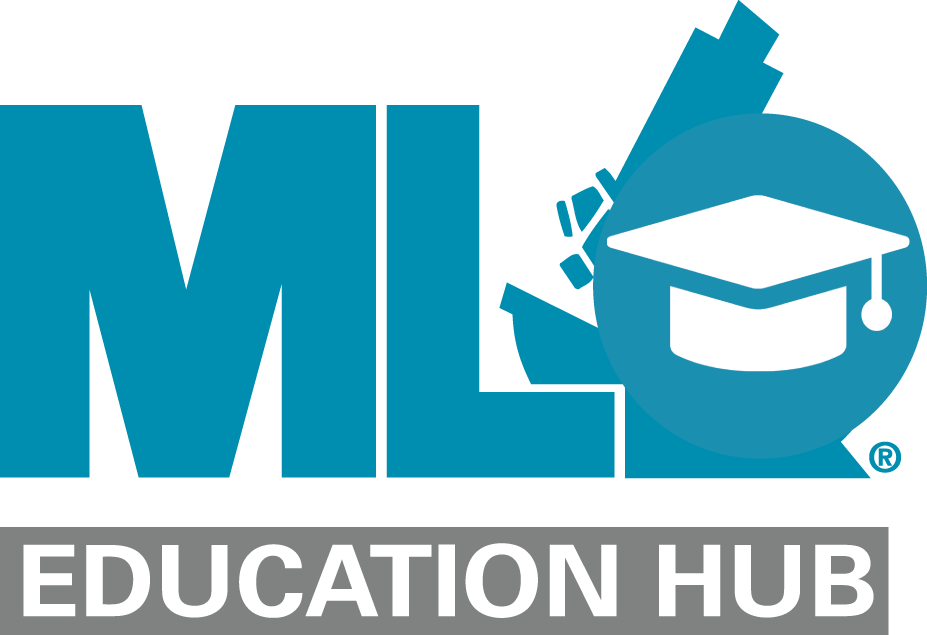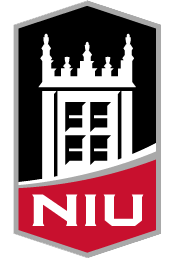By MLO editorial staff
LEARNING OBJECTIVES
Upon completion of this article, the reader will be able to:
- Describe signs and symptoms of uncomplicated influenza within patients.
- Recognize various methods for influenza testing.
- Describe the differences among testing methods.
- Identify recommended practices for storing and packing specimens.
Photo by Inna@adobestock.com
Login
Accessing this course requires a login. Please enter your credentials below!



